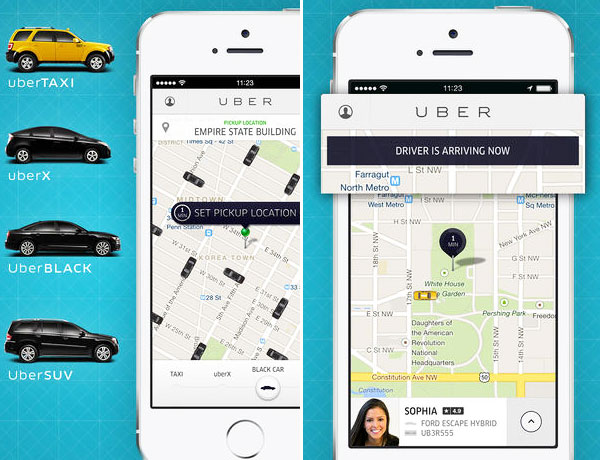Uber is attempting to polish its image with a defense of its driver recruitment tactics following publication this week on The Verge of accounts of sabotage, dirty tricks and generally ruthless behavior toward Lyft and other competitors in the ride-sharing space.
“We want to make sure everyone has access to Uber’s unmatched economic opportunity,” Uber’s “Craig” innocently said in a blog post responding to the article. The post lays out Uber’s Operation Slog driver recruitment program, describing its activities as all in the spirit of Uber enthusiasm.
“We never use marketing tactics that prevent a driver from making their living, and that includes never intentionally canceling rides,” insisted Craig.
Uber’s rascally approach to competitionbecame public earlier this month, when CNN reported that 177 Uber employees around the U.S. had booked and then canceled more than 5,000 rides with Lyft.
The bogus trip requests not only inconvenienced Lyft drivers, but also cut into their income, Lyft said. Actual paying customers might turn to Uber if Lyft drivers falsely believed they were too booked to fulfill their requests.
Uber disputed the claims, alleging that Lyft drivers and employees had canceled close to 13,000 Uber rides. Lyft called those allegations false.
Uber’s Operation Slog involves the use of “brand ambassadors” whose job is to actively seek out new drivers. One of the top ways to do that seems to be by converting Lyft drivers into Uber employees.
In addition to ordering and then canceling Lyft rides, brand ambassador tactics in some areas include taking a Lyft ride armed with a “driver kit” that includes an iPhone and the materials necessary for the driver to make an immediate switch to Uber, The Verge reported. In the car, they’ll strike up a conversation about why Uber is the better platform, including enticing them with “more polished clientele.”
Recruiters reportedly were instructed to use a private chat on GroupMe to avoid approaching the same Lyft driver more than once.
Most Ride-Sharers Won’t Care
Most consumers likely won’t be shocked or dismayed by the Uber vs. Lyft battle, according to Andrew Smith, professor of consumer behavior at Nottingham University Business School. However, the increasingly bitter accusations could turn off a few customers who were attracted to the platforms because they claimed to promote an ethos of sharing.
“Consumers like to share for various reasons — it feels good, it saves cash, you get to meet people, it feels subversive and fun, etc.,” he told the E-Commerce Times.
“Some exchange websites make enough to fund the site — some get into big bucks. Making money out of the desire to share is not the same as helping people to share for a cost price,” Smith pointed out.
It’s not the best time for either company to risk alienating even a small portion of its customers, said Susan Shaheen, professor of engineering and codirector of the Transportation Sustainability Research Center at the University of California Berkeley.
For one, ride-sharing still faces legal hurdles in some cities where traditional taxi companies are battling to get them off the street, and image could influence those outcomes.
Both companies realize that ride-sharing is a growing space, Shaheen noted, which is why their competition has become heated. If they become preoccupied with their squabbles, however, it could create an opening for a younger, hotter ride-sharing service to swoop in.
“We have seen from our research on other shared-use mobility systems — car-sharing, bike-sharing — that innovations in technology, marketing, partnerships and business model are what keep a company competitive,” Shaheen told the E-Commerce Times.
“This space is still young,” she said, “less than three years old — and competition is intense. Business innovation, investment and new entrants could still noticeably alter this growing industry.”























































Social Media
See all Social Media